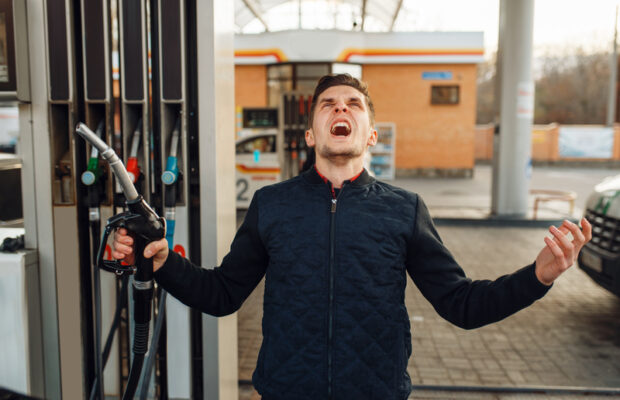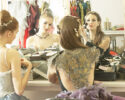Avoid high speeds. As your speed increases, so too does your aerodynamic drag Ñ for most vehicles, State Farm says, mileage decreases exponentially above 50 miles per hour.
Combine short trips. Warm engines run more efficiently than cold ones, so experts advise running multiple errands at once rather than making shorter, separate trips from a cold start.
Keep your tires properly inflated. In addition to being safer, properly inflated tires can last longer and improve your gas mileage by more than 3% per tire, AAA says.
Cut down on the A/C, and keep windows closed. Running your car’s air conditioner puts extra load on its engine, which GasBuddy says uses about 20% more fuel (the defrost position on most vehicles also uses the A/C, it notes).
Don’t accelerate or brake too hard. GasBuddy says applying “slow steady acceleration and braking” can increase your fuel economy by as much as 20%.
Lighten your load. Extra weight in the car creates a drag on the engine and consumes extra gas, so it’s worth taking the time to remove unnecessary items Ñ like extra tires, car seats and sandbags, in the spring Ñ from your trunk and back seat.










